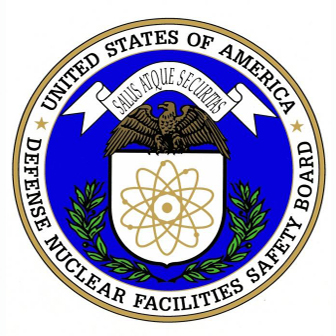Don Hancock at the Southwest Research and Information Center argued the infrastructure issues at WIPP were due to the facility aging beyond its originally intended lifetime, since the facility was built in the 1980s and began accepting waste in 1999…“The facilities are at the end of that lifetime,” Hancock said. “The idea that it could operate for decades longer, just is not true.”
By Adrian Hedden, Carlsbad Current-Argus
An elevator used to move mined salt out of the Waste Isolation Pilot Plant drew concerns from federal oversight officials as gradually collapsing salt put excess stress on the hoist.
The salt “creep” is what gradually buries the waste disposed of at WIPP, placed in the facility after being trucked from nuclear facilities around the U.S. and emplaced in the 2,000-foot-deep salt deposit about 30 miles east of Carlsbad.
 But the salt’s natural collapse also stressed the salt handling shaft to a point that left it in danger of collapse, according to the latest report from the Defense Nuclear Facilities Safety Board published Feb. 2.
But the salt’s natural collapse also stressed the salt handling shaft to a point that left it in danger of collapse, according to the latest report from the Defense Nuclear Facilities Safety Board published Feb. 2.
That report also contended WIPP’s operations contractor Salado Isolation Mining Contractors (SIMCO) had not conducted a “formal” analysis of the safety and operational impacts of taking the shaft out of service.
On Jan. 4, a preventative maintenance inspection rated the shaft as “unsatisfactory,” the report read, due to its “overstressed” condition.
“The Board’s staff remains concerned regarding the lack of formal analysis covering the nuclear safety and operational impacts if Salado Isolation Mining Contractors, LLC (SIMCO) must take the Salt Handling Shaft out of service,” read the report.
